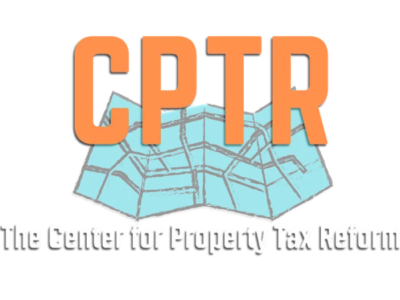Portland Tribune
Kotek focuses on homelessness, housing in first executive orders
By Peter Wong
Jan 10, 2023
Tina Kotek, on her first full day as Oregon’s 39th governor, moved swiftly to act on campaign pledges to deal with the increased number of people without housing and the shortage of housing itself.
“People are becoming homeless faster than we have been able to rehouse individuals living outside,” she told reporters on Tuesday, Jan. 10, in Salem. “We must do all we can to address and prevent homelessness so that we can make progress, not just toward ending homelessness for families but for communities across the state.”
She signed three executive orders that:
- Declare a state of emergency, focused on Oregon’s five urban regions, based on their growth in unhoused people from 2017 to 2022.
- Require all state agencies, except those led by elected officials, to make it a priority for them to resolve homelessness statewide. “Every agency is put on notice that this is part of your mission,” she said.
- Set an annual housing production target of 36,000 units statewide – about 80% greater than the average in the past five years – and create a new 25-member advisory council to devise a plan by Dec. 31 on how to get there.
She acknowledged that about half the new housing must be affordable to people who earn 80% or less of the area median income – and that such households will require public subsidies.
“But we have to break down the barriers that are keeping housing from being built,” she said.
Budget request
Kotek also has asked for legislative approval of $130 million soon to deal with homelessness and housing. Though she presented no specifics in a document, she said some of the money will go to such programs as transitional shelters, rental assistance, and other services.
Comment:
Governor Kotek said we have to eliminate the barriers that inhibit housing production. Yes, this is indeed the case, but are the barriers limited to local regulations and fees, the conventional target of many politicians? Not really; take a closer look at rapidly rising land prices in the real estate market. Land prices have been rising faster than building costs, to no advantage for households looking to become homeowners. Housing production and affordability would be enhanced if the upward pressure on land values could be dampened.
Next, take a closer look at the property tax structure in Oregon. Applying the same tax rate to both land and improvement assessments places a heavy tax on buildings and a low tax on the land underneath. This discourages landowners from developing vacant and underutilized lots, because the low cost of holding onto these sites encourages land holding in anticipation of windfall gains from rising land prices.
A land value tax should become an important element in the governor’s housing strategy. A split-rate tax structure has been around for many years, and has recently been gaining traction in states other than Pennsylvania where it is authorized by state law and evidence shows substantial boosts in building production. Moreover, it is revenue neutral, meaning there is no revenue loss; no subsidies needed.
Local city officials in Detroit are seriously considering this option. According to a new study from the nonprofit Lincoln Institute of Land Policy, reforming Detroit’s property tax system by taxing land at a higher rate than buildings would help to revive the local economy and reduce tax bills for nearly every homeowner.
Rep. Steve Elkins of the Minnesota state legislature also plans to propose a bill that would make it legal for local jurisdictions to implement a land value tax.
Oregon – let’s not delay any longer, let’s move ahead on this promising tax reform!
Tom Gihring, Research Director
Common Ground OR-WA




